Description
The Picasso Trigger, Rhinecanthus aculeatus, also goes by the name Lagoon trigger. This fish is a remarkable marine creature known for its vibrant and eye-catching appearance. It can grow up to a maximum size of around 10 inches (25 centimetres), showcasing a compact and robust body structure. With its elongated snout and brightly coloured scales, this fish stands out among its oceanic counterparts.
Behaviour and Intelligence:
With a personality reminiscent of a playful puppy, the Picasso Trigger exhibits a charming character that captivates many aquarists. Their intelligence is evident as they quickly learn to recognize their owners and interact with them. The mesmerizing swimming motion of the Picasso Triggerfish adds to its allure, as it gracefully manoeuvres through the water with agility and precision.
Taxonomy:
Belonging to the genus Rhinecanthus, the Picasso Trigger showcases distinct identifying features within its family, Balistidae. Its closest relatives include the Humuhumunukunukuapua’a (Rhinecanthus rectangulus) and the Bluechin Triggerfish (Rhinecanthus aculeatus). The name “aculeatus” derives from the Latin word meaning “armed,” referring to the spines present on the fish’s body.
Natural Habitat:
In its natural habitat, the Picasso Trigger inhabits the coral reefs and rocky coastal areas of tropical and subtropical regions. These vibrant ecosystems provide the fish with an array of hiding spots and crevices to explore. Its surroundings are teeming with an abundance of coral formations, marine plants, and a diverse range of marine life.
Keeping Picasso Trigger Healthy:
The care level for the Picasso Triggerfish is considered moderate, requiring a well-maintained aquarium environment to thrive. It is crucial to provide them with ample swimming space and suitable hiding spots. Water parameters should be closely monitored, with temperatures ideally ranging from 75 to 82°F (24 to 28°C), and a pH level between 8.1 and 8.4. Regular water changes are essential to maintain pristine water conditions.
Special Requirements and Feeding:
To meet the special requirements of the Picasso Trigger, the aquarium should have a sturdy lid to prevent their escape, as they are known jumpers. Additionally, providing rock and other structures within the tank allows them to exhibit natural behaviour and explore their surroundings. Their diet should consist of a varied menu including meaty foods such as shrimp, squid, and mussels, as well as occasional vegetable matter.
How Many Should I Keep:
Due to their territorial nature, it is recommended to keep only one Picasso Triggerfish per aquarium. Multiple individuals may result in aggressive behaviour and conflicts over territory. Keeping them as solitary specimens ensures a harmonious environment within the tank.
Lighting Preference:
The Picasso Trigger does not have any specific lighting preferences. However, it is advisable to provide a well-lit aquarium with a combination of fluorescent and LED lights to enhance the overall aesthetic appeal of the tank and showcase the fish’s vibrant colours.
Suitable Tank Mates:
When selecting tank mates for the Picasso Trigger, it is crucial to choose species that can withstand their occasional aggression and have a similar level of hardiness. Suitable companions may include other triggerfish species, larger angelfish, tangs, and butterflyfish. Care should be taken to avoid housing them with small, delicate fish or invertebrates, as they may become potential prey.
Reproduction in the Wild:
The Picasso Trigger (Rhinecanthus aculeatus) follows an intriguing reproductive process in its natural habitat. During courtship, the male performs an enchanting “wiggle dance” to attract the attention of a potential mate. This dance involves the male swimming in a circular pattern while wiggling his body and flaring his fins, displaying his vibrant colours and markings.
Breeding Rhinecanthus aculeatus:
Breeding the Picasso Trigger (Rhinecanthus aculeatus) in captivity requires careful setup, courtship, spawning, and rearing processes.
- Set Up:
To initiate the breeding process, a well-maintained breeding tank is necessary. The tank should be equipped with appropriate filtration, sufficient hiding spots, and a carefully controlled temperature of around 78 to 82°F (25 to 28°C). A separate area, such as a nesting site or a flat surface, should be prepared for the female to deposit her eggs.
- Courtship/Spawning:
During courtship, the male Picasso Trigger intensifies his wiggle dance, enticing the female. Once courtship is successful, the female releases her eggs, and the male fertilizes them externally. The eggs are adhesive and stick to the chosen nesting site. The female may lay hundreds of eggs, which will hatch in approximately 4 to 6 days.
- Rearing:
After spawning, it is crucial to remove the eggs from the breeding tank to a separate rearing tank. This ensures a controlled environment for the developing embryos. The rearing tank should have appropriate water parameters and sufficient aeration. The eggs will hatch into larvae within a few days, and they will require specialized larval foods to support their growth and development.
Sexual Dimorphism:
Sexual dimorphism in Picasso Trigger (Rhinecanthus aculeatus) is not prominent. Both males and females exhibit similar body shapes, colours, and markings. Therefore, visual identification of their gender is challenging without resorting to more invasive techniques such as genetic or anatomical examination.
Distribution:
The Picasso Triggerfish (Rhinecanthus aculeatus) is native to the Indo-Pacific region, including the Red Sea, the Maldives, the Great Barrier Reef, and Hawaii. However, it is important to note that there are also captive-bred and line-bred strains of the Picasso Triggerfish available in the aquarium trade. These strains have been selectively bred for specific colour patterns and traits.
Summary:
The Picasso Trigger (Rhinecanthus aculeatus) exhibits fascinating reproductive behaviour, including the captivating wiggle dance during courtship. Breeding this species in captivity requires careful setup, courtship, spawning, and rearing processes. While sexual dimorphism is not easily discernible, the species is widely distributed in the Indo-Pacific region. Additionally, the availability of captive-bred and line-bred strains adds diversity to the trade of these remarkable fish.
The Fish pictured here are representative only and the livestock you receive may vary in pattern, coloration, and shape.

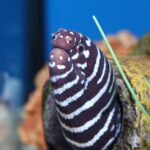



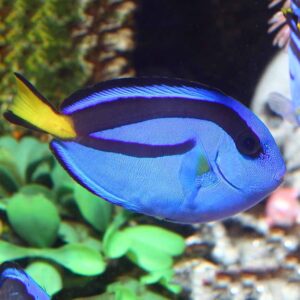
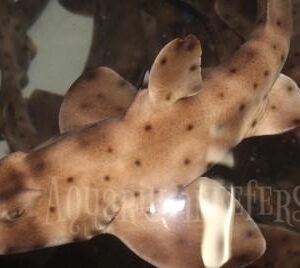
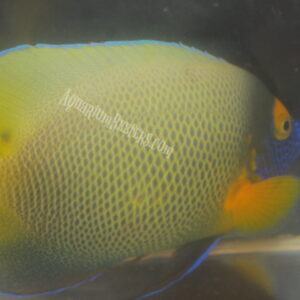
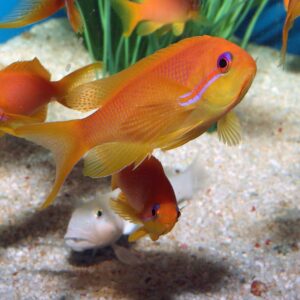
 Melafix 64oz - API Pondcare
Melafix 64oz - API Pondcare  Aqua-Mag 5 500GPH - Danner Supreme
Aqua-Mag 5 500GPH - Danner Supreme  Jebao SW4 130GPH to 1000GPH 10-30 gallons
Jebao SW4 130GPH to 1000GPH 10-30 gallons  QUICK START 8oz - API
QUICK START 8oz - API 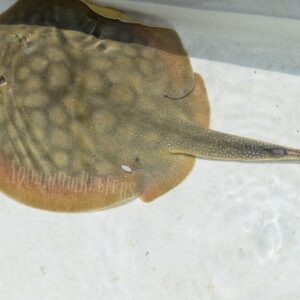 California Round Stingrays
California Round Stingrays 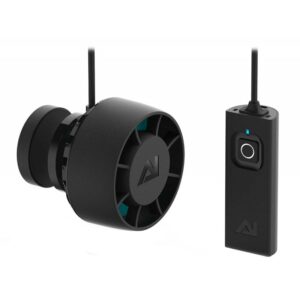 Nero 3 Submersible Wave Pump (2000 GPH) - Aqua Illumination (AI)
Nero 3 Submersible Wave Pump (2000 GPH) - Aqua Illumination (AI)  API Pondcare Pimafix 64oz
API Pondcare Pimafix 64oz  Lyretail Anthias Male
Lyretail Anthias Male  Regal Angelfish Tank Bred
Regal Angelfish Tank Bred 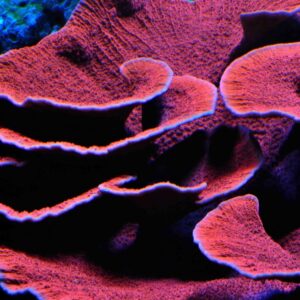 Red Plating Montipora F2
Red Plating Montipora F2
Reviews
There are no reviews yet.